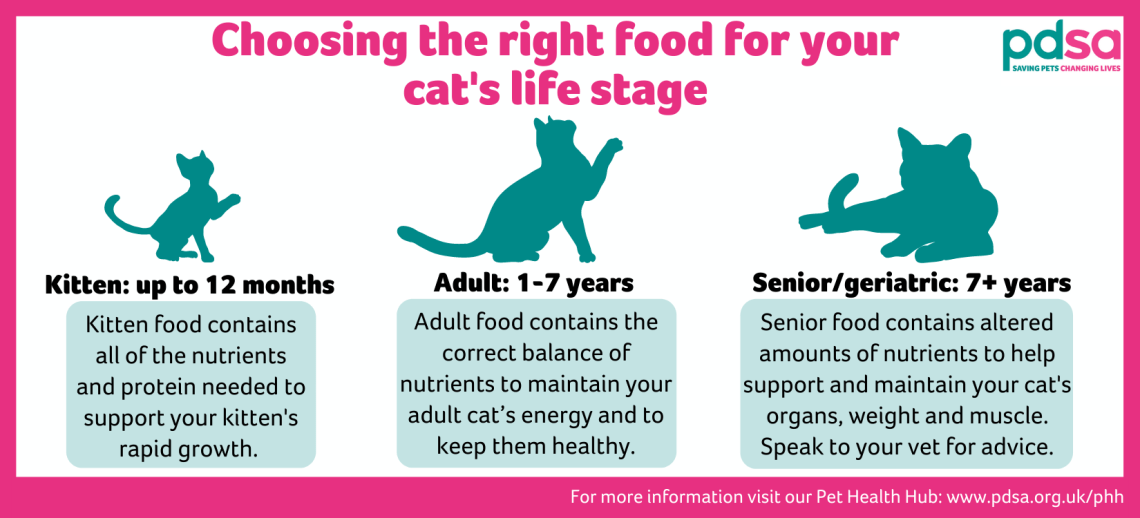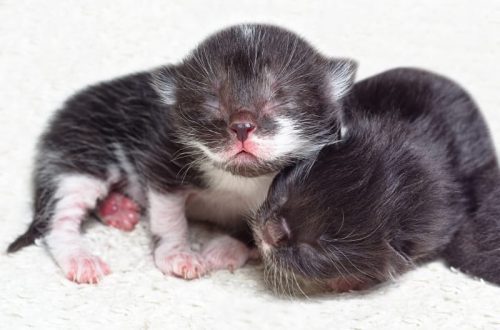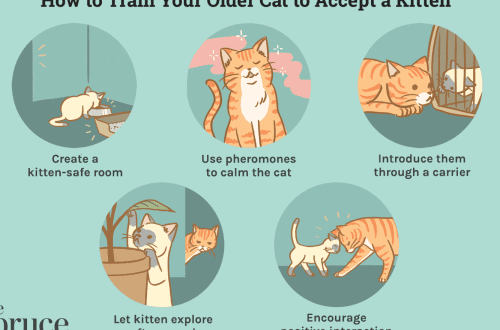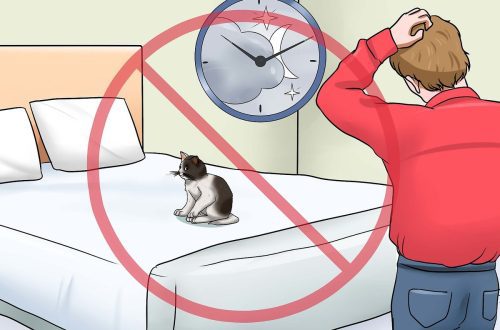
The right diet for a kitten
Contents
Materials
Diets designed for kittens have several important distinguishing features and benefits. Such feeds are highly digestible, in particular, protein – by 85%. After all, a pet needs an increased amount of “building materials” for growth – from the moment of birth until the end of the formation, the kitten grows 40-50 times.
The energy density of diets is increased. Indeed, the need for calories is especially noticeable at the age of 8 weeks, it gradually decreases from 220 kcal at the peak of growth to 50 kcal per 1 kg of body weight in adulthood.
It is also important for a kitten to consume more amino acids, calcium, phosphorus, copper than an adult animal. At the same time, the food should not be voluminous, since, as you know, “a kitten’s stomach is no larger than a thimble.”
Разнообразие
Cats are known for being picky eaters. The same trait is inherent in kittens. Therefore, the leading food manufacturers offer them the widest range of flavors and textures, recommending that owners rotate their diets so that the food does not become boring.
So, in the Whiskas line for kittens there is a pate with chicken, jelly with veal, lamb stew, pads with milk, turkey and carrots, and so on. Royal Canin has in its assortment wet rations Kitten Instinctive in jelly, sauce, pate and dry food for specific breeds – Persians (Royal Canin Persian Kitten), British (Royal Canin British Shorthair Kitten), Maine Coons (Royal Canin Maine Coon Kitten) etc.
You can also look at brands such as Friskies, Gourmet, Purina Pro Plan, etc.
Mode
You can accustom a kitten to ready-made diets from 3-4 weeks of age. At the moment of the final parting with mother’s milk, which occurs at 6–10 weeks, the pet is ready to completely switch to feed specially designed for him.
Despite all their advantages, the owner of the animal must ensure that the kitten does not overeat, adhere to the recommended portions and diet.
As for the latter, the general rule is this: it is customary to feed a kitten up to 4 months 6 times a day, up to 10 months – 3-4 times, upon reaching 10 months it can switch to an adult routine. And these are two servings of a wet diet – morning and evening – and a portion of dry food, which is excreted throughout the day. It is also necessary to ensure constant access to fresh water.





